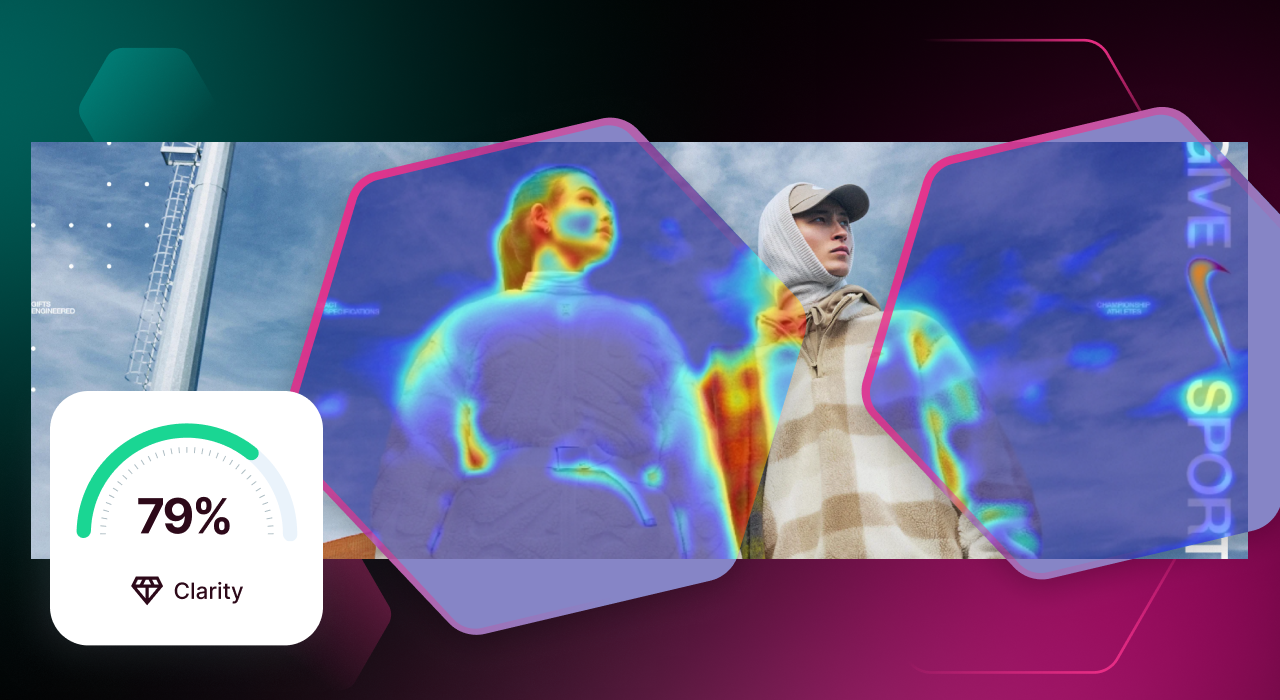Marketers no longer need to guess what works in a world where every click, purchase, and interaction generate data. They can analyze, predict, and optimize their every move with powerful tools that transform raw data into actionable strategies, especially in promotion and distribution.
So, how do marketers use data to develop promotional strategies?
By harnessing insights from consumer behavior, market trends, and competitive landscapes, you can craft promotional campaigns that resonate deeply with target audiences and guarantee that product availability will align perfectly with consumer demand.
Here, we’ll examine the significant role of data in shaping promotional and placement strategies and provide an in-depth guide to improving your brand visibility, customer engagement, and revenue growth.
1. Data-Driven Promotional Strategies: From Insight to Impact
The era of one-size-fits-all promotions has given way to personalized, data-driven campaigns that speak directly to individual consumer preferences. By leveraging data, you can design promotions that are not only relevant but also timely and compelling.
Key Data Sources for Promotion Development:
- Consumer Purchase History: Analyzing past purchasing behavior helps identify which products to promote, optimal timing, and the most receptive customer segments.
- Customer Segmentation Data: Behavioral segmentation reveals what appeals to different audience groups, enabling hyper-targeted campaigns.
- Competitive Intelligence: Benchmarking against competitors’ promotional strategies uncovers market gaps and opportunities.
- Social Listening & Sentiment Analysis: Monitoring online consumer conversations provides insights into emerging trends, unmet needs, and feedback on past promotions.
How Marketers Use This Data:
- Personalized Promotions: By analyzing individual consumer preferences, you can offer targeted discounts, loyalty rewards, and exclusive offers that feel personal.
- Predictive Offer Timing: Predictive analytics can improve the effectiveness of promotions by timing them when consumers are most likely to purchase. AI-driven "next best action" models can identify the optimal moment to present a discount.
- Dynamic Pricing Strategies: Data on competitor pricing, market demand, and supply chain costs informs dynamic pricing, allowing brands to adjust prices in real time.
- Multichannel Optimization: Identifying where customers are most engaged—be it email, social media, or websites—allows for the delivery of promotional messages through the most effective channels.
Example in Action:
A leading retailer utilized customer segmentation and purchase data to identify high-intent shoppers during holiday sales. By sending personalized emails with product recommendations tailored to each shopper’s browsing history, they achieved a 25% higher conversion rate than in previous campaigns.
2. Data-Driven Place Strategies: Optimizing Channel Presence and Accessibility
Product availability at the right locations, times, and formats is essential for meeting consumer demand and maximizing sales. Advancements in location intelligence and predictive analytics provide exceptional control over distribution strategies.
Key Data Sources for Place Strategy Development:
- Location Analytics: Real-time data on foot traffic, geospatial insights, and regional buying behaviors allow for optimizing in-store placements.
- Sales Channel Performance: Comparing e-commerce and brick-and-mortar sales data helps determine where to prioritize investments.
- Customer Journey Data: Analyzing how customers navigate online and offline channels informs effective omnichannel strategies.
- Distribution Network Data: Insights from logistics partners and supply chain systems identify bottlenecks to improve stock availability.
How Marketers Use This Data:
- Channel Prioritization: Analyzing customer preferences allows you to allocate resources more effectively between e-commerce and physical stores to align inventory with demand better.
- Store Layout Optimization: Heatmap analyses, both online and in-store, reveal high-traffic areas that help guide your product placements for maximum visibility.
- Omnichannel Consistency: Predictive analytics anticipate customer transitions between shopping channels for a more consistent experience.
- Local Market Customization: Regional purchase data lets you tailor product assortments to local preferences so that popular items are readily available.
Example in Action:
A global CPG company identified underperforming regions through geolocation data. By collaborating with a major retailer to improve shelf positioning and intensify local marketing efforts, they increased regional sales by 15% within three months.
The Role of Predictive Analytics in Promotional and Place Strategies
While historical data provides insights into past performance, predictive analytics offers foresight into future trends, helping to develop more proactive strategies.
Predictive Tools to Watch:
- Predictive Heatmaps: Tools like Dragonfly AI help forecast where consumer attention will focus on digital screens, store shelves, or product pages for the best promotional placements.

- AI-Driven Demand Forecasting: Machine learning models predict product demand, helping to optimize stock levels across various regions.
- Real-Time Customer Tracking: Monitoring customers' real-time movements across touchpoints allows for immediate adjustments to your marketing tactics.
By leveraging predictive analytics, you can transition from retrospective analysis to real-time strategy adjustments to strengthen the effect of your promotional and placement efforts.
Example in Action:
A leading electronics retailer employed predictive analytics to forecast product categories likely to experience demand surges during the holiday season. By strategically positioning inventory in anticipated high-demand areas and initiating early advertising, they realized a 20% increase in sales compared to the previous year.
Challenges of Data-Driven Strategies (And How to Overcome Them)
While data-driven strategies offer significant advantages, they also present challenges that marketers must address:
- Data Silos: Disconnected data across CRM systems, e-commerce platforms, and retail partners often creates blind spots. Integrating these sources into a unified data platform gives you a 360-degree view of the customer journey.
- Privacy Concerns: Consumer data privacy regulations, such as GDPR and CCPA, require explicit consent for data collection and usage. Building trust through transparency and adhering to compliance standards is essential.
- Real-Time Responsiveness: Rapid market changes, such as supply chain disruptions or sudden shifts in consumer behavior, require quick action. Traditional static reports aren’t enough, making real-time dashboards and AI-powered insights extremely valuable.
Solution:
A unified data strategy powered by AI-driven analytics is the most effective way to overcome these challenges. Marketers can stay agile and proactive by centralizing data from multiple channels, applying machine learning models to predict trends, and visualizing actionable insights through dynamic dashboards.
The Importance of Continuous Optimization
The work doesn’t stop once a promotional or place strategy is launched. In a dynamic market, ongoing analysis and optimization are essential for sustained success. Marketing teams must monitor campaign performance, assess customer engagement metrics, and adapt to short-term and long-term behavior shifts.
Steps for Ongoing Optimization:
- Monitor Real-Time Performance: Use live dashboards to track promotional and distribution metrics as they happen.
- Refine Campaigns Based on Insights: Adjust campaigns in response to low engagement rates, poor conversion metrics, or unexpected consumer behavior.
- Test and Iterate: Regular A/B testing lets you compare different promotional messages, placements, and creative elements to identify what resonates best.

- Align with Broader Business Goals: Make sure that promotional and placement strategies align with broad company objectives, such as increasing brand awareness, improving customer retention, or boosting ROI.
Example in Action:
A global snack brand regularly monitors in-store heatmap data to understand how customers interact with promotional displays. The insights from this analysis have improved shelf layouts and product visibility, resulting in a 10% increase in sales per store in key regions.
Future Trends in Data-Driven Marketing Strategies
Looking ahead, the role of data in promotional and place strategies will only grow. Emerging technologies, evolving consumer expectations, and increasing competition will continue to push marketers toward smarter, more agile approaches.
Key Trends to Watch:
- AI and Machine Learning Integration: These technologies will become standard for predictive analytics, campaign personalization, and performance tracking.
- Real-Time Insights Across Channels: Real-time dashboards will become even more sophisticated, offering instant updates on campaign performance and consumer engagement.
- Greater Focus on Customer Privacy: Marketers must find creative ways to gather insights without breaching trust as privacy laws evolve.
- Hyper-Personalization: Campaigns will become even more tailored, with AI delivering promotions and product placements specific to individual consumers’ behavior and preferences.
- Visual Optimization Technologies: Tools like Dragonfly AI will increasingly refine the visual impact of ads, digital assets, and in-store layouts.
Final Thoughts: The Future of Data-Driven Promotional and Place Strategies
The marketing landscape is more data-driven than ever, and the pressure on senior marketers to deliver measurable results continues to grow. But data alone isn’t enough—it’s about how you use it.
Promotional strategies must deliver the right message to the right audience at the right time to create the most relevant and actionable campaigns. On the other hand, place strategies have to make sure that products are positioned where and when customers are most likely to purchase them.
By leveraging AI-powered predictive analytics, you can anticipate customer needs, optimize pricing and promotions, and create seamless omnichannel experiences. Tools like Dragonfly AI’s predictive heatmaps empower marketers to refine creative assets, improve visual placement, and guarantee that every campaign is set up to succeed.
Ready to elevate your promotional and place strategies with the power of data? Book a demo with Dragonfly AI today to discover how we can help drive smarter campaigns and stronger results.
